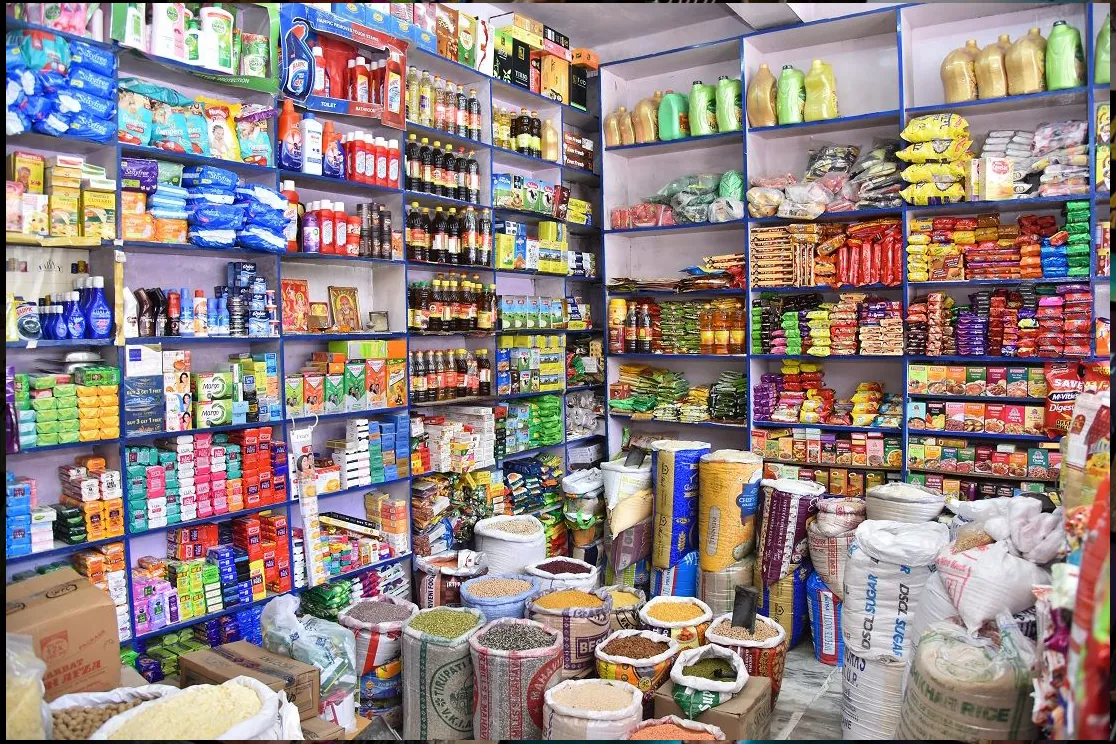Inflation in Pakistan could average 50% in the upcoming months before trending lower and the bailout from IMF alone is unlikely to put the economy back on track, a senior economist with Moody’s Analytics told. Nearly the whole world is facing the challenges of soaring inflation and recession. Earlier Covid and now high oil, gas, and commodity prices, in the wake of the Ukrainian war, are fuelling inflation and dampening growth. Energy and food prices contribute 35%-45% to overall inflation.
Unparalleled floods have worsened the situation in Pakistan, In the case of Pakistan, CPI inflation during Ramadan is 46% In this article. We will dissect the underlying situation behind the festering issue.
Factors Exacerbating the Issue of Inflation in Pakistan
There are a lot of factors that exacerbate the problem of inflation and increase the troubles of consumers multiple times:
The Depreciation of the Rupee
First, the depreciation of the rupee has led to an increase in the incidence of imported inflation. The rupee has fallen against the USD 30% from April 2022 till January 2023. The local currency may be restored after the bailout package has been completed. Besides import compression has improved the current account situation although oil bill is about 30% of total imports.
Check out: Default Risk of Pakistan in 2023
The Lag Budget Deficit is Also A Cause of Concern
Another major reason for high levels of inflation is the lag effect of the large budget deficit. The budget deficit is as high as 7000 billion Rupees or roughly 9% of GDP.
Agricultural Losses Incurred Due to Natural Disasters
Similarly, agricultural losses due to floods and rains have wreaked havoc on the already fragile economy. Millions of acres were washed away due to disastrous floods. This put a burden on the food prices in Pakistan.
Stagnant and Fluctuating Agriculture Productivity
Stagnant and fluctuating agricultural productivity, insufficient use of key natural resources particularly water, limited innovation as well as weather-related shocks are some of the underlying causes of the problem of inflation in Pakistan.
Actions to Address Food Inflation
As per some World Bank, Pakistan needs to take the following measures on an urgent basis in order to mitigate the situation.
Reform the Wheat Procurement System
Wheat is the staple food of most of Pakistan. The Government has set the objective of stabilizing the wheat market principally through its wheat procurement program on which it has spent and continues to spend billions of rupees. But consumers or smallholders have not benefited from Government support to the wheat sector.
Urgent reforms in the wheat procurement system should aim at reducing the government footprint in the market and leaving the work to the private sector. The public sector’s role should be limited to maintaining a strategic reserve to be used in emergencies and market stabilization. It should also shift subsidies released to enhance long-term growth and food security outcomes.
These include the promotion of innovations particularly in the face of climate change, assisting small farmers, and strengthening targeted nutrition programs among the poor and vulnerable.
Increase Competition in the Sugar Sector
Sugar production imposes major costs on the economy due to high consumer prices, inefficient production, and the heavy use of water. It is essential to bring further competition to the sugar sector through the liberalization of imports along with the removal of barriers to entry to the establishment of new mills. It also needs more oversight on timely payments to farmers.
Promote High Value, Climate Smart Agriculture
There is a need to upgrade agricultural research and extension with a view to introducing new crops and crop varieties; more efficient production technologies including climate smart techniques and better control of pests and diseases. Such improvements would help relaunch productivity growth which is essential for sustainably raising farm incomes and lowering prices.
At the same time, domestic and international trade needs to be liberalized with tariff and non-tariff barriers reduced, quarantine and hygiene control facilities improved, and market restrictions and price caps removed.
Improve Monitoring, Forecasting, and Coordination
Government policy decisions need to be based on a monitoring of the food system that tracks changes in global supply and demand, currency movements, local production and consumption, and public and private stocks.
Moreover, the monitoring system should include better coverage of livestock products which make up over half the country’s output as well as the markets for inputs such as fertilizer, pesticides machinery and labor. There is also a need for stronger involvement of the private sector to assess levels of private stocks of both output and input and formal and informal trade laws.
Wrapping Up
To sum up, we may conclude that the issue of consumer-based inflation has capped the climax. It is the most opportune time to bring down the prices of edible items so the people may take a sigh of relief. We see that many sane voices are calling for rational decisions now. If the government works with the same level of motivation and dedication along with incorporating the above-mentioned suggestions of the World Bank, we will see the light of day Inshallah.

